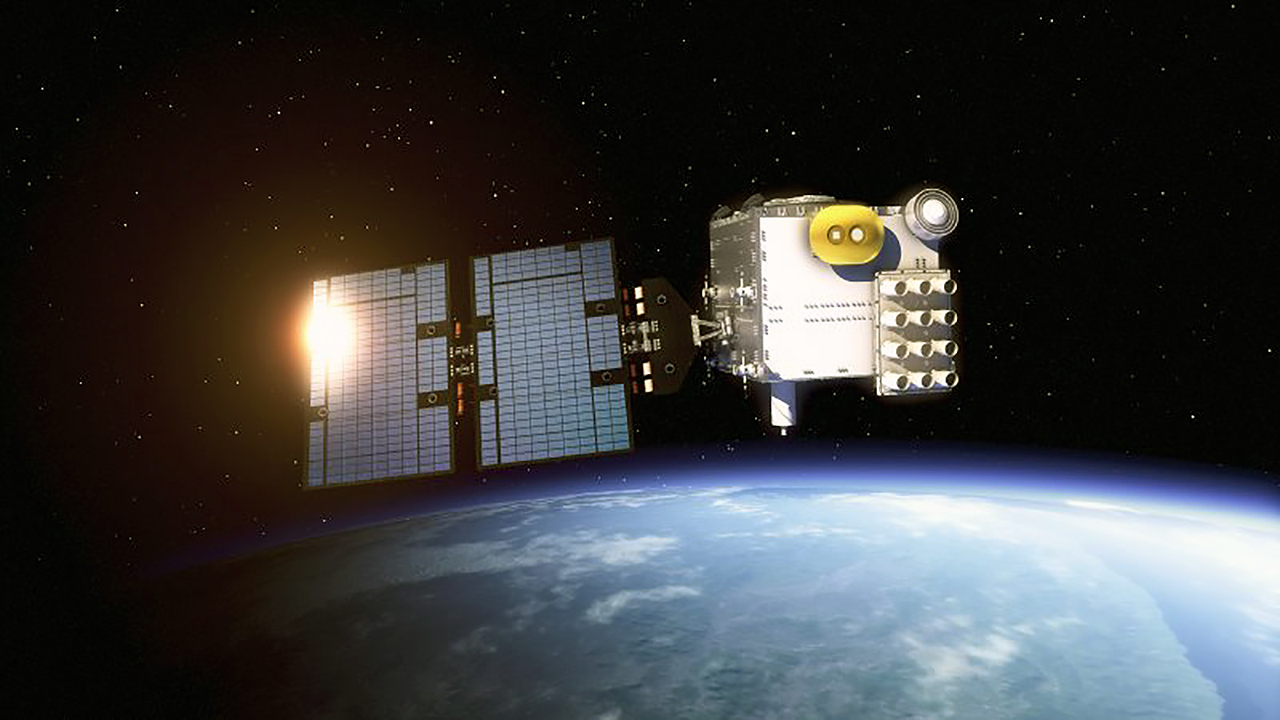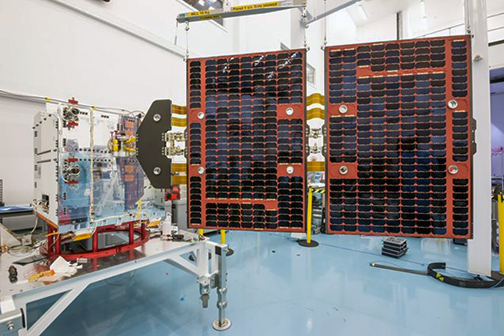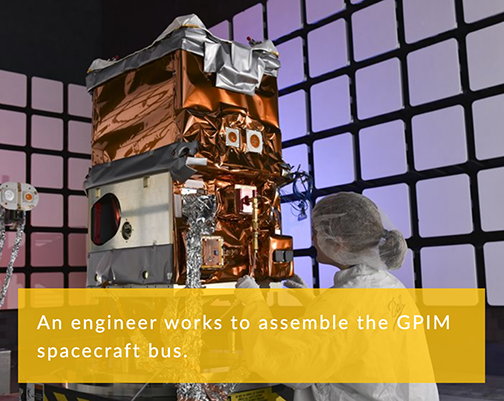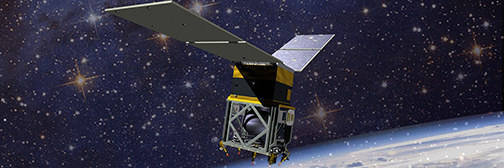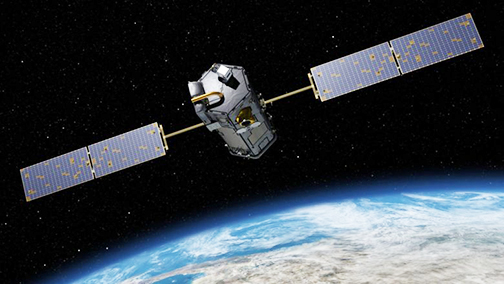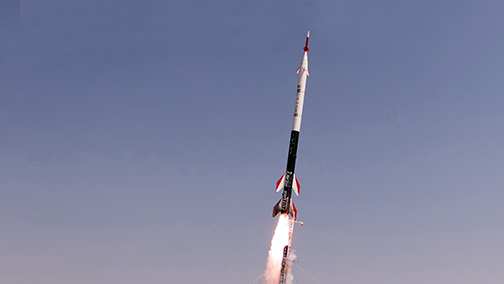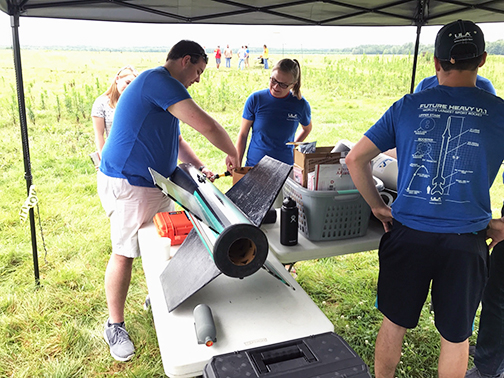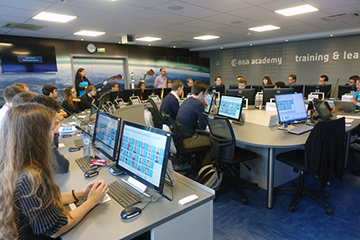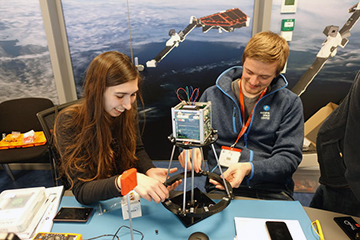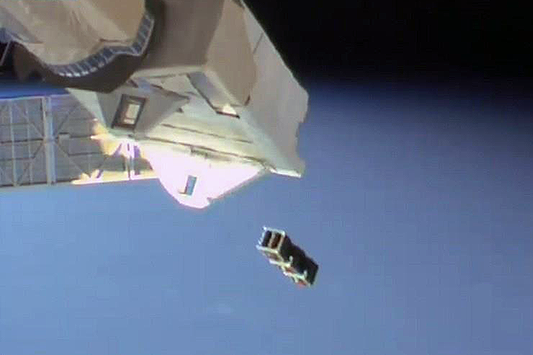

Airbus has enlarged their high-resolution imagery portfolio following an agreement to leverage capacity from the S1-4 satellite built by Surrey Satellite Technology Limited (SSTL) — this new imagery offer, called Vision-1, delivers full end-to-end imaging operations to Airbus’ customers.
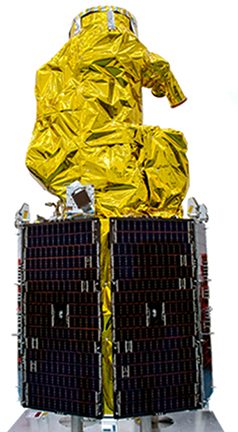
Photo of the SSTL S1-4 satellite is courtesy of the company.
Vision-1 provides 0.9 meter resolution imagery in the panchromatic band and 3.5 meter in the multi-spectral bands (NIR, RGB), with a 20.8 km. swath width. These specifications are ideal for defence, security and agriculture applications, while this extra revisit opportunity further strengthens Airbus’ satellite fleet.
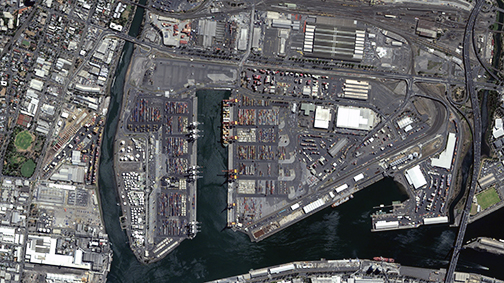
A VisionOne image capture of Melbourne, Australia.
Image is courtesy of Airbus.
Vision-1 operations will be coordinated by Airbus in the UK, following integration into the UK Mission Operation Center, which already operates the commercial imaging of the DMC Constellation. This is an important step for UK sovereign imaging capability, adding sub-meter data to the existing UK imaging capabilities. As Vision-1 was launched in September 2018 together with NovaSAR, this opens significant opportunities for applications combining optical and radar satellite imagery.
Along with Vision-1, Airbus offers commercial access to the largest fleet of EO satellites: Pléiades, SPOT 6/7, DMC Constellation and the weather-independent radar satellites TerraSAR-X, TanDEM-X and PAZ.
François Lombard, Director of Intelligence Business at Airbus Defence and Space, stated that this new asset will reinforce the company’s monitoring capabilities for sub-meter imaging and feed the Airbus OneAtlas digital platform to provide increased freshness.

Please note — less than three weeks remain to take advantage of early registration incentives for the Satellite Innovation event — register now and save $200.
Satellite Innovation enables attendees to…
- Join leading satellite executives in Silicon Valley.
- Gain critical market data and technical knowledge from leading experts.
- Network with market dominant innovators, and gain exposure to leading satellite exhibitors and sponsors.
The Satellite Innovation agenda is viewable at this direct link…
To learn more about Satellite Innovation, access this direct link…
To take advantage of the Early Bird Discount, access this direct link…
Exhibitors and sponsors of the 2019 Satellite Innovation event include…






